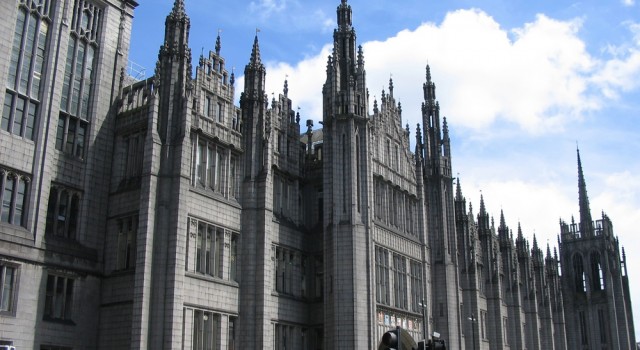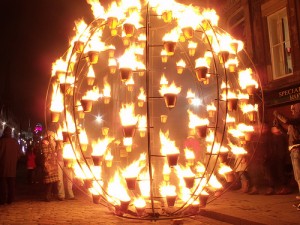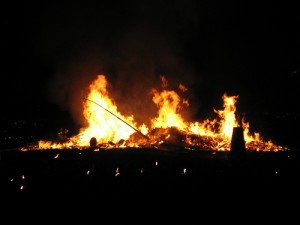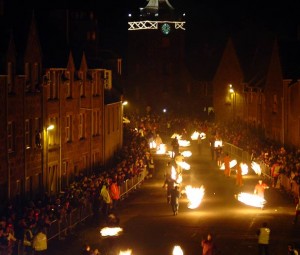 the Travel Enthusiast
the Travel Enthusiast
- 28 Oct
lizzy_a in Travel Planning | NO COMMENTSCelebrating Hogmanay in Scotland
On the night between December 31 and January 1, some people celebrate New Year’s Eve, and others…well, in Scotland, they celebrate Hogmanay. If you thought that New Year’s parties can be wild, then it’s time for you to go to Scotland this year, and celebrate the coming year in a different way.
Edingburgh’s Hogmanay celebration claims to be the best New Year’s party in the world, and this might nt be too far from the truth. So here is a short overview of the activities and customs that you’ll deal with if you decide to celebrate Hogmanay in Scotland.
The origins of the word Hogmanay are uncertain, and many believe that it goes back to the celebration of the Winter Solstice. In is possible that Hogmanay is related to Yule, the Viking equivalent of the solstice, which was followed by twelve days of revelry, called ‘daft days’ by the Scots. What makes Hogmanay special are the many customs associated with it.
These traditions vary from place to place, but there’s always some common denominator between them. The most widespread custom is the ‘first-footing’, which takes place right after midnight.
The first person who crossed the threshold of a house in the new year is supposed to bring good luck, and should always bring symbolic gifts such as salt, whisky, black bun (a very rich and delicious Scottish fruit cake), coal or bread. Tall, dark men are the preferred luck-bringers traditionally, but no one will discriminate against you even if you are neither tall, dark or a man.
In Edinburgh, where the largest Hogmanay celebration in Scotland is held, the focus is less on old traditions and more on the festival aspect of the celebration.
There’s a torchlight procession on December 29, winding through the main streets of the city, accompanied by the sound of bagpipes and drums, and usually ending in spectacular fireworks. The following days are more or less an uninterrupted string of parties, dances and performances.
Other places, smaller towns especially, are sticklers for tradition. In Stonehaven, Aberdeenshite, for example, there’s the tradition of fireball swinging, which is just as dangerous and spectacular as it sounds (but beware of scorched eyebrows and hair). Wireballs of about 60 cm diameter are filled with paper and other flammable materials, and tied to fire-proof strings. When the bell signals the new year, the balls are set on fire, and people walk down the High Street while swinging the incandescent balls of fire around their heads, and then throw them into the harbor.
- Flights
- Hotels
- Packages
- Cars
- Cruises
travel search by Travelgrove (get this widget)In Burghead, a small fishing village in Moray Firth, northeast of Inverness, people burn the clavie at Hagmanay.
A split barrel held together by a giant nail is filled with tar and carried to the ruins of an altar called Douro, where it is set on fire. The bonfire is fueled by more broken barrels, and when the clavie barrel finally falls into pieces, everyone tries to grad a piece with which to light their fires at home.
Most of the celebrations include at some point or another singing the Auld Lang Syne, the old traditional song with lyrics by Burns. So if you want to impress your Scottish friends, learn the original lyrics and sing along. And of course, no New Year’s Eve is complete without resolutions, a tradition which is thought to have originated with Hogmanay.
You might also like





